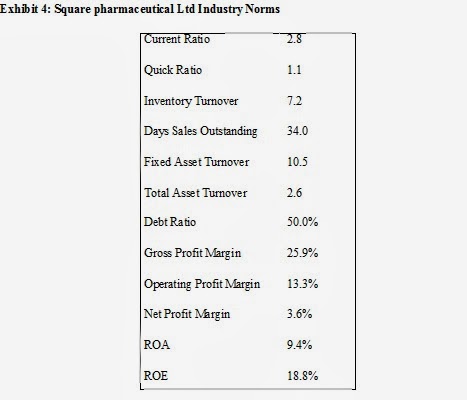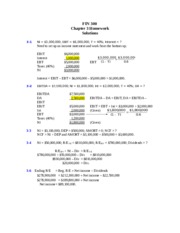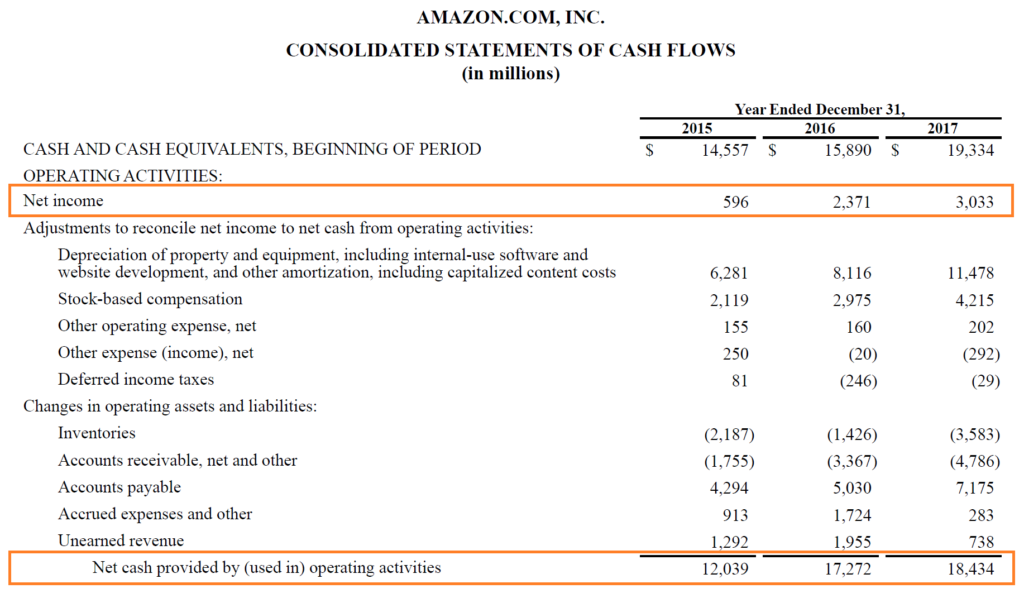Invested capital

Net operating assets
For example, a business may own some real estate or patents simply as cash investments. Although these assets are not tied to the business’s operations, the company may still earn some revenue from them. If the business loses money through its operations, these non-operating assets can provide diversification and act as a financial backup. A company’s operating assets may include inventory, prepaid expenses, accounts receivable, fixed assets such as buildings and equipment, and intellectual property.
However, there is a difference between invested and deployed, which is where some investors and analysts differ in their view of ROIC. In other cases, non-operating assets can be used to diversify operational risks.
One is to subtract cash and non-interest bearing current liabilities (NIBCL)—including tax liabilities and accounts payable, as long as these are not subject to interest or fees—from total assets. The invested capital base is total assets minus noninterest-bearing current liabilities, and the return is after-tax operating earnings. In Graham and Dodd’s Security Analysis, return on capital is defined differently. Whether it’s funded by liabilities or owners’ equity, the cash represents capital that has been invested in the business.
Its components are the income statement, retained earnings statement, balance sheet and statement of cash flows. The retained earnings statement summarizes the retained earnings, which are the net income retained by a company. The statement of cash flows summarizes cash receipts and cash payments. In our original definition of return on invested capital, we defined ROIC as after-tax operating profit divided by total assets minus noninterest-bearing current liabilities minus cash. Some feel more comfortable with this definition because cash represents capital that hasn’t been deployed in other assets or represents potential to reduce liabilities or owners’ equity.
Thus, invested capital is considered to be a financial analysis concept, rather than an accounting concept. For example, understanding which assets are current assets and which are fixed assets is important in understanding the net working capital of a company. In the scenario of a company in a high-risk industry, understanding which assets are tangible and intangible helps to assess its solvency and risk. To make an NOA calculation, take the company’s assets and subtract non-operating assets such as securities and other investments.
It then lists the expenses, which can include cost of sales, selling and administrative, and income taxes. The matching concept requires expenses of a period be matched with revenues of the same period. This means a company has increased its assets and that revenues have exceeded the assets used to generate the revenues. A company has a net loss and a decrease in assets when expenses have exceeded revenues.

It’s useful to see how well companies are using the assets they’ve actually deployed in their businesses. Non-operating income refers to revenue an organization earns that is not connected to its core operations.
How do you calculate net operating assets?
To calculate net operating assets, take the company’s total assets and subtract the value of cash, investments and total liabilities. Then, add in the total of the company’s long-term debt. That’s the NOA formula.
- This means a company has increased its assets and that revenues have exceeded the assets used to generate the revenues.
- The matching concept requires expenses of a period be matched with revenues of the same period.
- It then lists the expenses, which can include cost of sales, selling and administrative, and income taxes.
To continue with the above example, if the business rents out its empty retail location, the money it collects in rent is non-operating income. Similarly, if a company has investments that are not related to its operations, the returns it earns on those investments is classified as non-operating income. This second definition shows that all finance-related items are to be extracted from assets and liabilities.
For example, a company holding onto unused land will have liability exposure in the form of taxes due, interest owed or lawsuits generated by accidents on that property. To calculate NOA or the Invested capital, the balance sheet must be reformatted to separate operating activities from financing activities. Revenue is only increased when receivables are converted into cash inflows through the collection. Revenue represents the total income of a company before deducting expenses. Companies looking to increase profits want to increase their receivables by selling their goods or services.
In this example, the company has $10,000 in cash and $5,000 in capital stock on hand. The cash would be listed under assets and the capital stock under stockholders’ equity. This is recorded as a negative $3,000 on the cash flow statement because it is an outflow of cash to make an investment.
A financial asset is one that generates interest income, while a financial liability generates interest expense. Financial assets include cash and marketable securities, while financial liabilities usually refer to debt and leases. Conversely, operating assets include accounts receivable, inventory, and fixed assets; operating liabilities include accounts payable and accrued liabilities. An integrated financial statement further shows how the income statement affects the balance sheet.
BUSINESS PLAN
It may also include gains from foreign exchanges or other forms of peripheral income such as a one-time gain on investment securities. Non-operating assets may also generate liabilities for the company holding them.
The land is recorded on the balance sheet as negative cash but as a positive asset. The company, which provides accounting services, earns $10,000 in fees. It is recorded on the integrated financial statement as a positive cash inflow. It is listed on the balance sheet as retained earnings under stockholders’ equity, which makes the puzzle more complete. However, non-operating income does not always come from non-operating assets.
TAXES
Net income is shown on the statement of cash flows as cash from operating activities. It also is placed at the top of the retained earnings statement and matched against any dividends that had been distributed. This results in the stockholders’ equity, which is accounted for as retained earnings on the balance sheet. The ROIC formula is calculated by assessing the value in the denominator, total capital, which is the sum of a company’s debt and equity.
What these assets have in common is that they’re all used in company operations to generate revenue. Non-operating assets include financial investments and old assets no longer used in operations.
This can include non-cash assets contributed by shareholders, such as the value of a building contributed by a shareholder in exchange for shares or the value of services rendered in exchange for shares. A business must earn a return on its invested capital that exceeds the cost of that capital; otherwise, the company is gradually destroying the capital invested in it.

These assets are listed on a company’s balance sheet along with its operating assets, and they may or may not be broken out separately. Invested capital is the funds invested in a business during its life by shareholders, bond holders, and lenders.
Typically, companies practice accrual-based accounting, wherein they add the balance of accounts receivable to total revenue when building the balance sheet, even if the cash hasn’t been collected yet. Non-operating assets are usually treated separately from operating assets when evaluating a company or its stock. Although non-operating assets may bring revenue into a company, they are not used to generate core revenue. A non-operating asset is a class of assets that are not essential to the ongoing operations of a business but may still generate income or provide a return on investment (ROI).